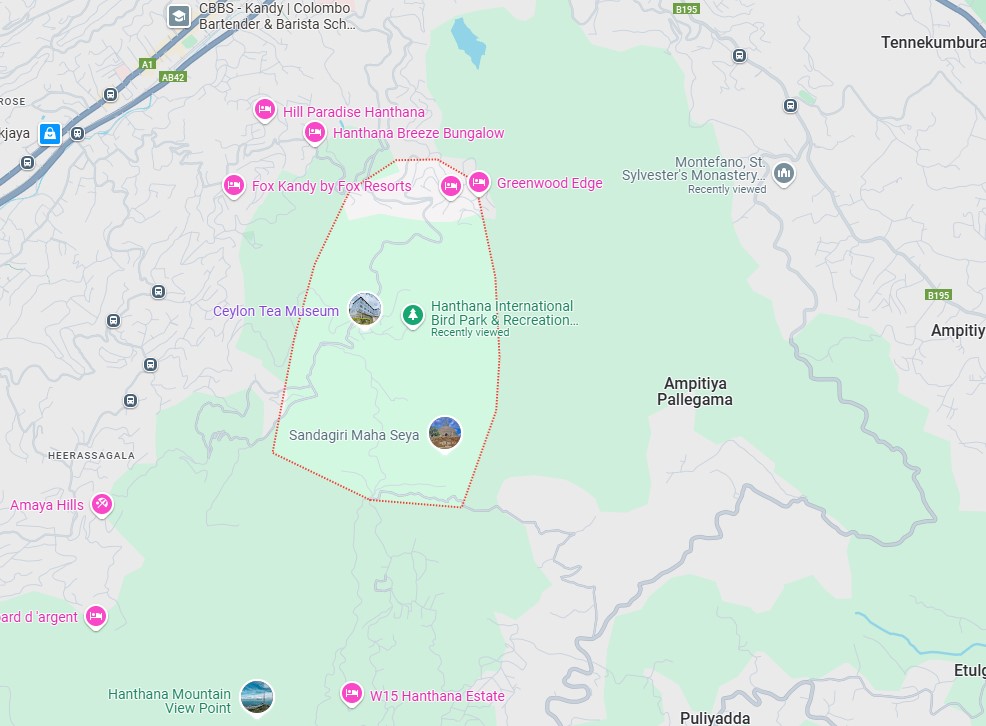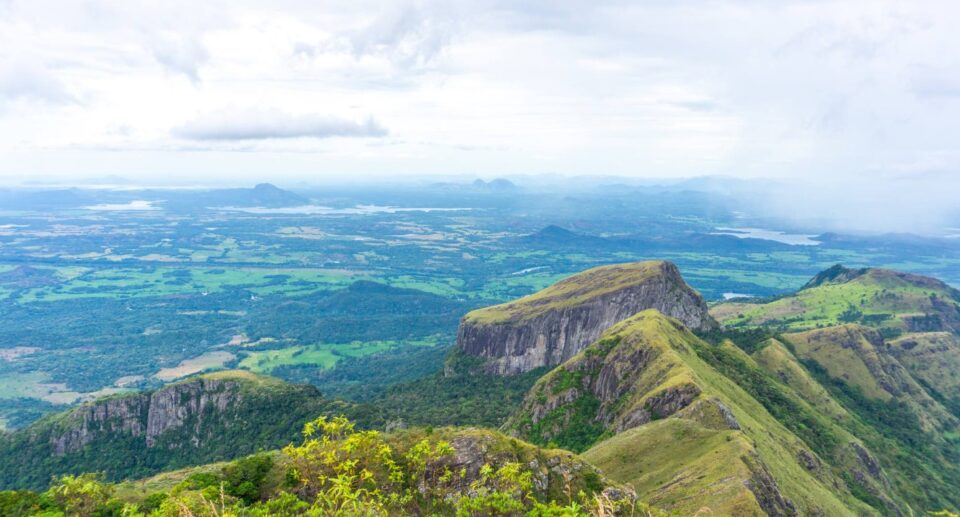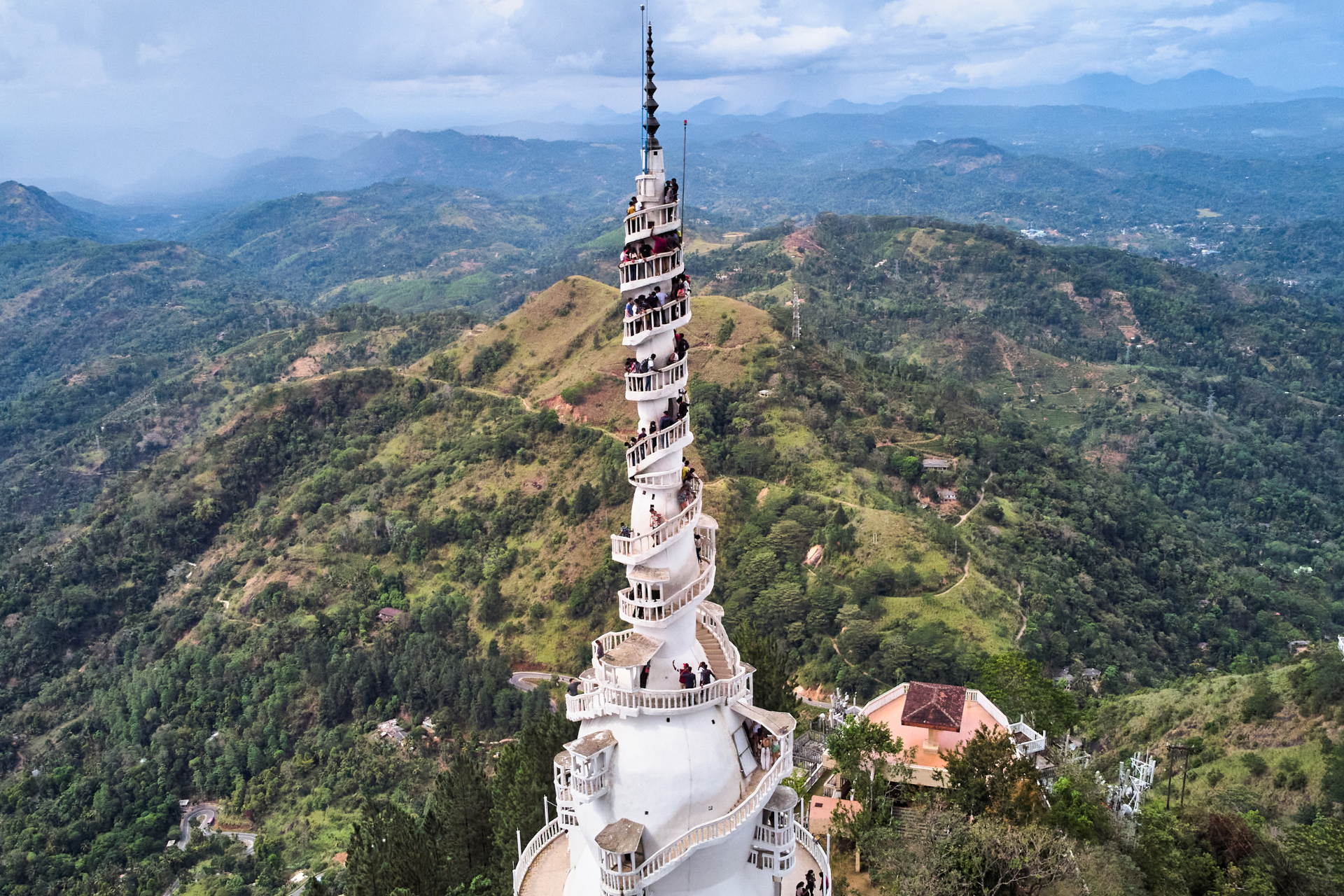Hanthana Kandy: A Natural Gem Near Kandy
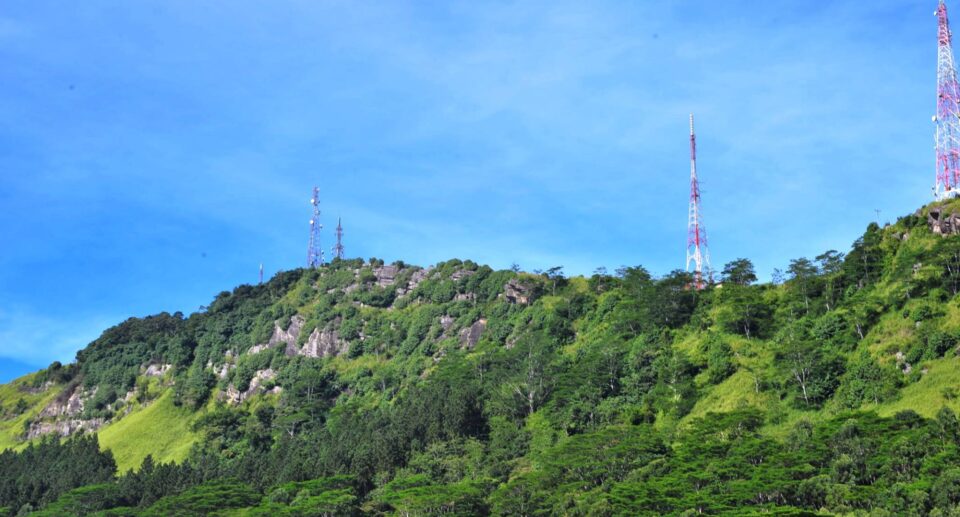
The Green Crown of Kandy
Sri Lanka is a country blessed with breathtaking landscapes and diverse ecosystems. Of its many natural marvels, the Hanthana Mountain Range is a manifestation of peace, intellectual prowess, and environmental value. Located just southwest of Sri Lanka’s cultural capital, Kandy, Hanthana is a much-loved destination for backpackers, researchers, ecologists, and greens. Its pleasant weather, lush vegetation, and gentle slopes provide it with one of the most characteristic mountain ranges in the country. Its tourist destination outside its major tourist attraction, Hanthana is also an irreplaceable natural resource as much as it is a source of inspiration well ingrained in Sri Lanka’s academic and cultural life.
Geographical Location and Landscape
The Hanthana Range is found in Sri Lanka’s Central Province, atop the hill over the city of Kandy. The range stretches approximately 20 kilometers with seven main peaks and several smaller hills. The highest point, Ura Kanda, is approximately 1,200 meters (3,937 feet) above sea level. The range forms a natural boundary to the south rim of the city, a green wall to city life in Kandy.
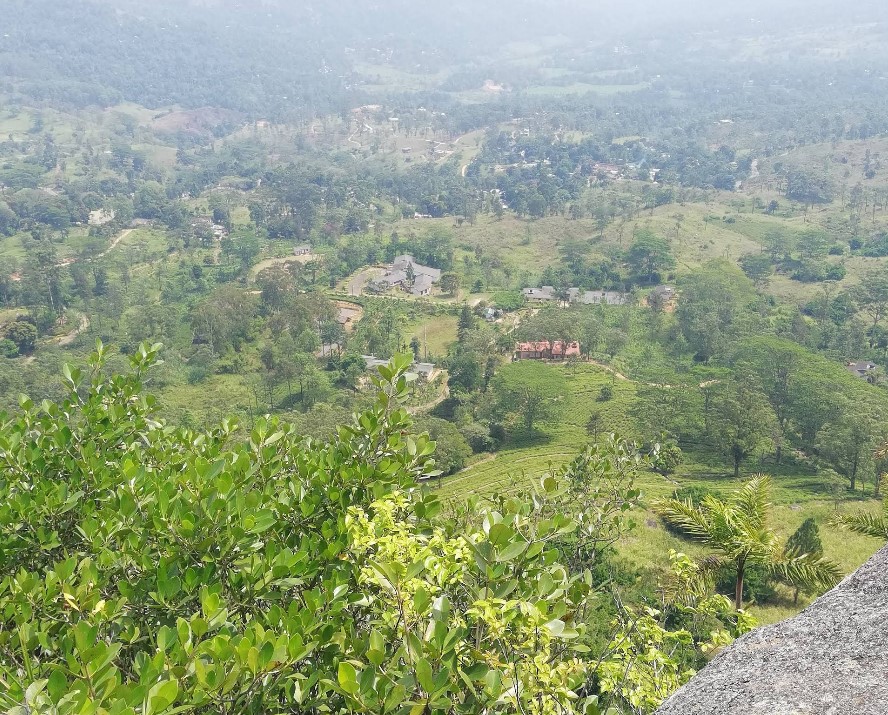
Hanthana’s scenery is dominated by a mix of grassland, pine, and montane flora, producing a scenery of dazzling diversity. Mist hangs on the peaks during the rainy season, shrouding the range in an aura of mystery, while during the dry season the rich greens and golds of the hills are revealed in vivid contrasts.
Biodiversity and Ecological Significance
Hanthana lies within Hanthana Mountain Conservation Area, which is declared an environmental conservation area of Sri Lanka’s Forest Department. Hanthana is important in soil, water, and bio-diversity conservation. It serves as a catchment of various streams and rivers that feed into the Mahaweli River, the longest in Sri Lanka.
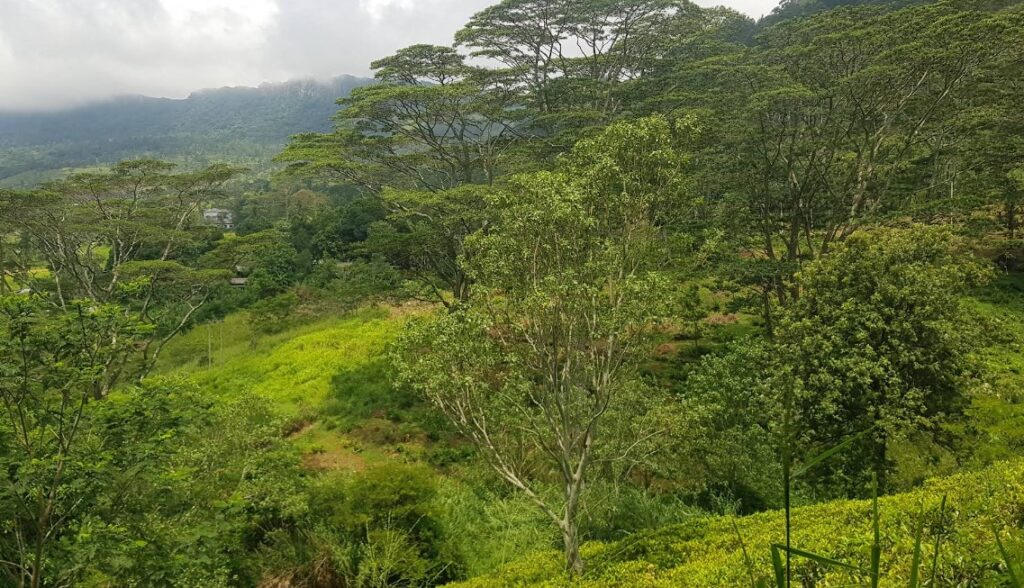
The range is home to a variety of endemic and threatened plants and animals. The range harbors well over 120 bird species, ranging from the Sri Lanka Hanging Parrot to the Layard’s Parakeet, and are frequent sightings in the locale. Mammals such as giant squirrels, wild boars, and even leopards occasionally call the denser forested portions home. The region is also plant-diverse, with native orchids, ferns, and medicinal plants of scientific and cultural significance.
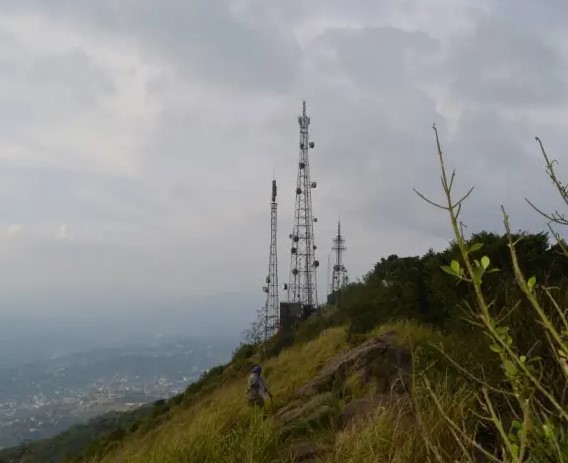
Cultural and Educational Importance
The closest connection to education and research is perhaps the most defining feature of Hanthana. At the foot of the Hanthana range lies the Peradeniya University of Sri Lanka, the country’s best and oldest. The mountains have long been used by its science, agriculture, and engineering departments as a natural laboratory for biological and environmental science research.
The range also holds cultural importance. Hanthana has influenced poets, writers, and musicians. Sri Lankan poetry and literature have often alluded to its mist-covered peaks and peaceful surroundings. The mountain has been used as a symbol of freedom, youth, and love by a number of generations of Kandy residents and university students.
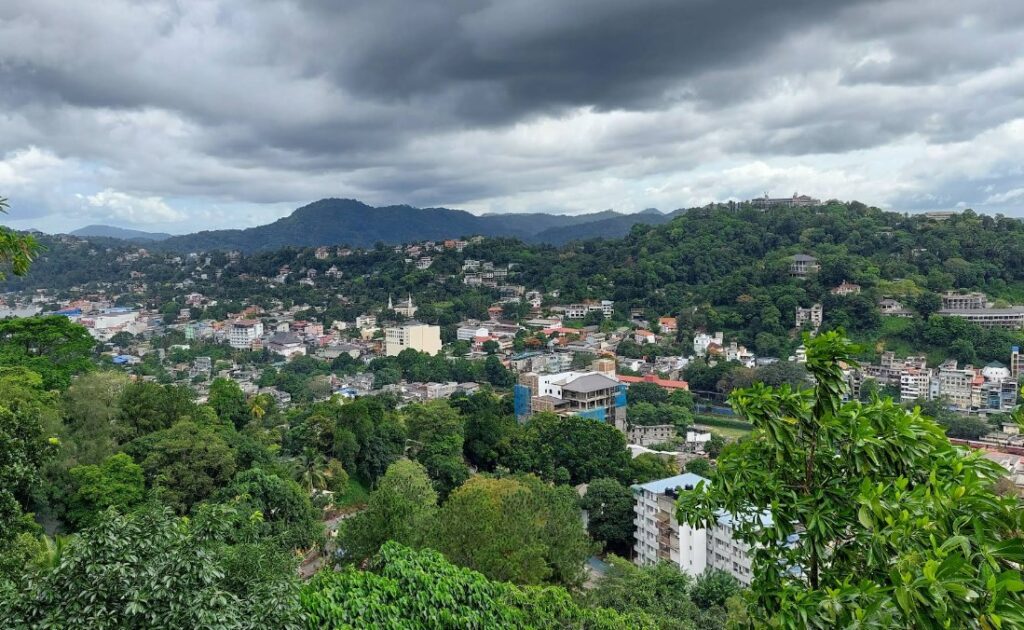
Tourism and Hiking Opportunities
Hanthana is a popular hiking spot among locals and foreigners alike. There are easy walks as well as more challenging treks, going over a number of peaks. The most popular hiking trail starts near the Ceylon Electricity Board Training Centre in Kandy and leads hikers over a number of hills, with vistas of the Knuckles Range, Kandy city, Piduruthalagala, and even Adam’s Peak on a clear day.
Camping is also possible on some of the summits, but that is after making arrangements due to the unseasonable weather and lack of infrastructure. Nature lovers and photographers come to Hanthana specifically due to its peaceful ambiance and high diversity of wildlife.
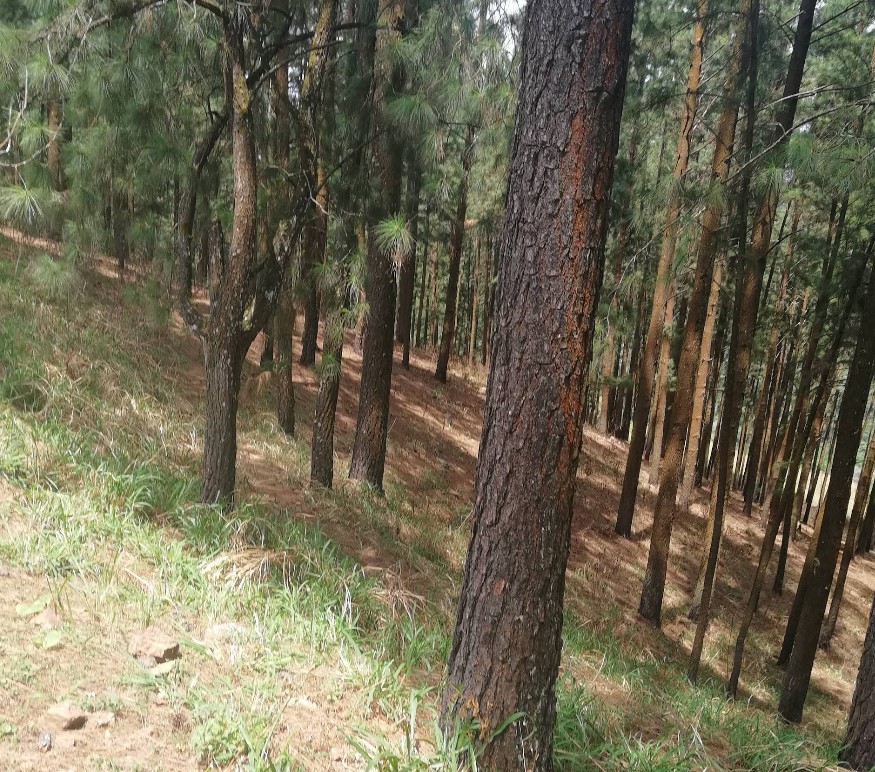
Included in some of the guided nature walks and student tours is nature interpretation, whereby trekkers are taught about the ecology of the region and why preserving its fragile ecosystem is important.
Environmental Threats and Conservation Challenges
Although protected, Hanthana is threatened by numerous dangers:
Illegal Land Encroachment and Clearance – Portions of the forest cover have been cleared for illegal habitation and agriculture.
Waste and Pollution – Expanded tourist traffic and lack of proper waste centers have led to littering.
Invasive Alien Species – Pine tree and lantana bush spread has disrupted native plant communities.
Soil Erosion – Overgrazing and poor land use planning are the causes of erosion in monsoon rains.
Efforts have been made by the Central Environmental Authority (CEA), local universities, and non-governmental organizations to raise awareness, but much more remains to be done. Models of responsible tourism and community-based conservation efforts are essential to Hanthana’s future survival.
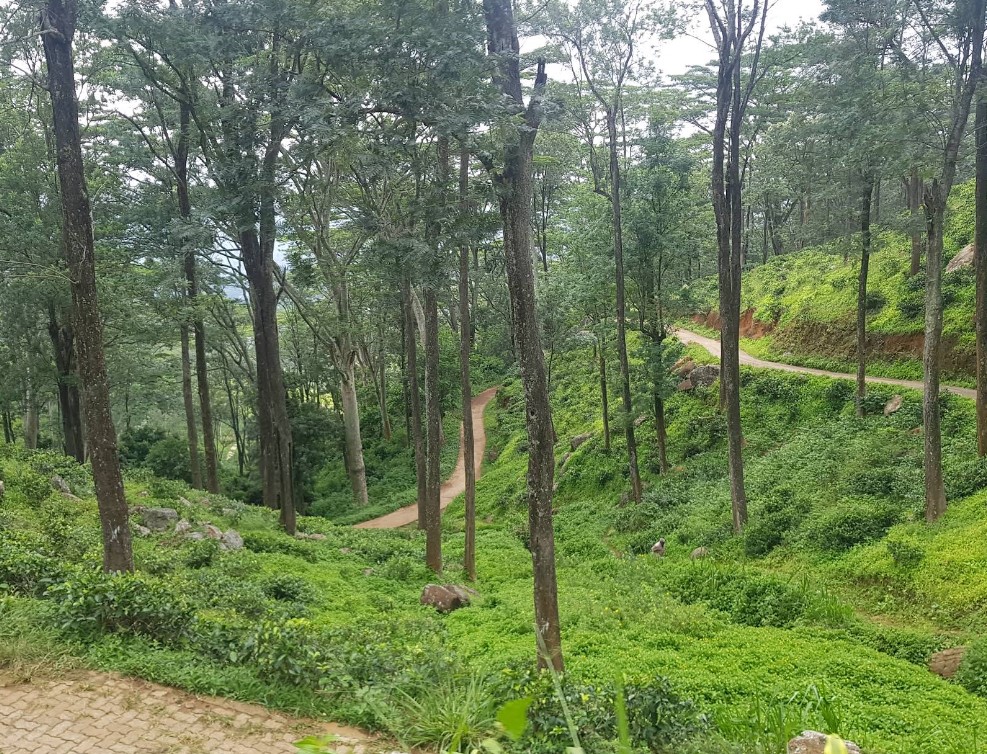
The Role of Education and Youth
One of the most inspiring aspects of Hanthana’s story is the participation of youth and students in its conservation. University of Peradeniya student societies organize regular clean-up drives, tree planting events, and campaigns to raise awareness. These initiatives not only help conserve the environment but also give the young generation a sense of ownership and attachment towards nature.
Hanthana is an open classroom where biology, environmental science, geography, and ecology become a reality. It’s where theory gets applied and where students not only learn but also develop an emotional bond with their natural surroundings.
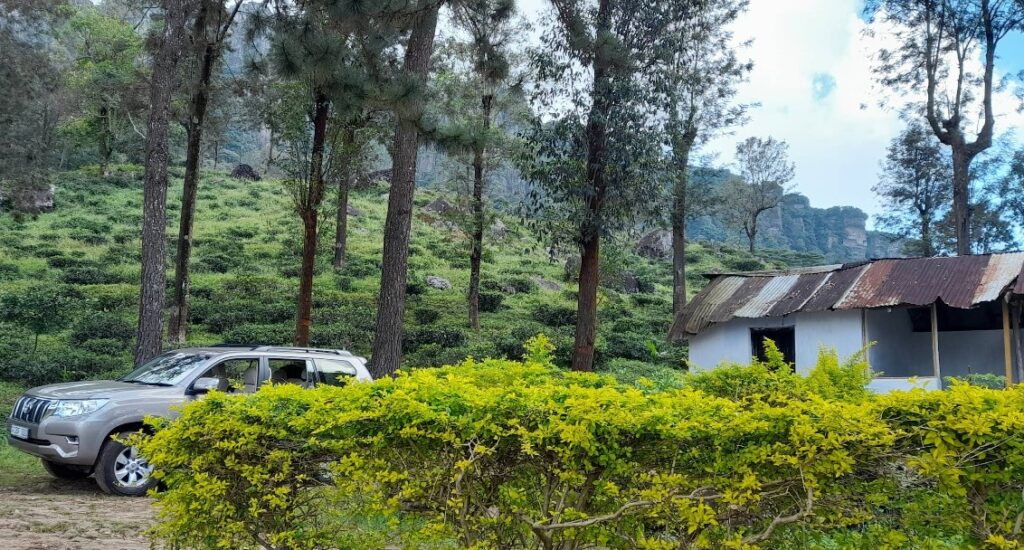
Hanthana in Literature and Art
Hanthana beauty is greater than science and tourism; it is very much of Sri Lankan culture and art. Clarence Wijewardena’s Sinhala oldie “Meedum Dande Hanthana Sande” continues the range in song. The Hanthana hills are often used as a metaphor for youth, dreams, and transitory beauty of university life.
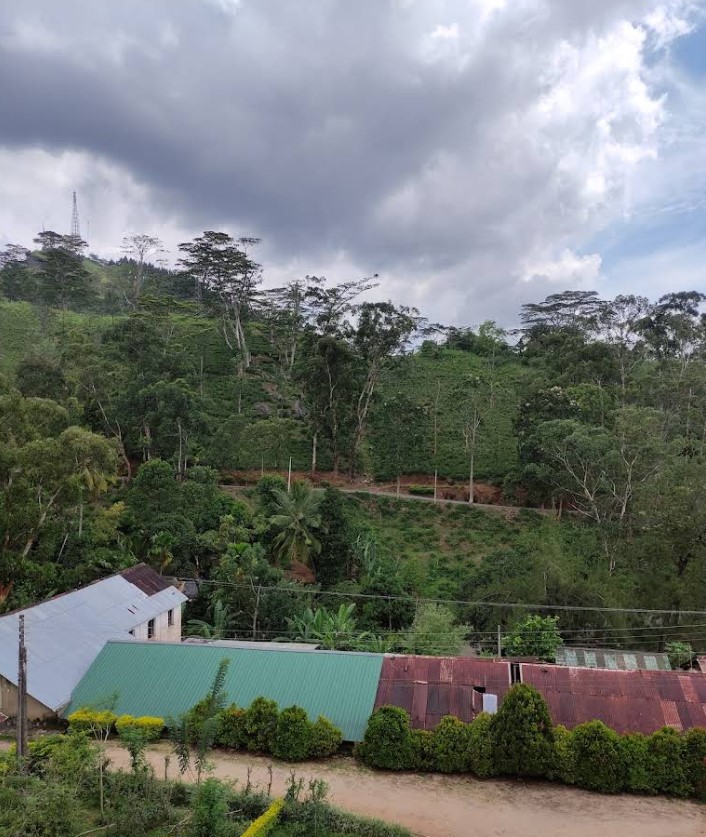
Artists, poets, and photographers have used Hanthana as location and subject, capturing its constantly changing beauty through the seasons. In the early morning haze, or under a scarlet sunset, Hanthana remains the source of creative inspiration throughout the island.
How to Go to Hanthana Mountain Range, Kandy – Sri Lanka
The Hanthana Mountain Range is located just southwest of Kandy city in Sri Lanka’s Central Province. It’s easily accessible for hikers, students, and nature lovers seeking a short adventure or a day trip from Kandy.
Location Overview
- Province: Central Province
- District: Kandy
- Closest City: Kandy (approx. 6–8 km from central Kandy to main trailheads)
- Nearest Landmark: University of Peradeniya
How to Get There
From Kandy City Center:
- By Private Vehicle or Taxi (Most Convenient)
- Route: Kandy → Heerassagala → Upper Hanthana Road
- Travel Time: ~20–30 minutes
- Destination: Ceylon Electricity Board (CEB) Training Center or Hanthana Road, depending on trail choice
- By Tuk-Tuk or Three-Wheeler
- Cost: LKR 800–1,500 (one way)
- You can ask the driver to take you to “Hanthana CEB Training Center” or “Upper Hanthana Trail”
- By Public Bus (Budget Option)
- Bus Route: Take a bus heading to Peradeniya, Galaha, or Hanthana Estate
- Ask to get off near Hanthana junction or Peradeniya University gate
- Walk or hire a tuk-tuk from the bus stop to trail start
Best Time to Visit
- Early morning (6 AM – 9 AM) is ideal for hiking and photography
- Best months: January to April and July to September (dry season)
- Avoid during heavy rain as trails become slippery and leeches are common
Tips for Visiting
- Wear hiking shoes or sports shoes
- Bring water, snacks, and leech repellent (especially after rain)
- No official entrance fee, but some private estates may ask for a small donation
- Consider hiring a local guide if doing longer treks or unfamiliar with the area
Map of Hanthana Kandy
